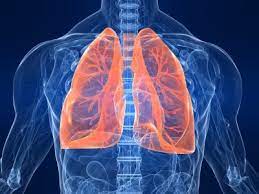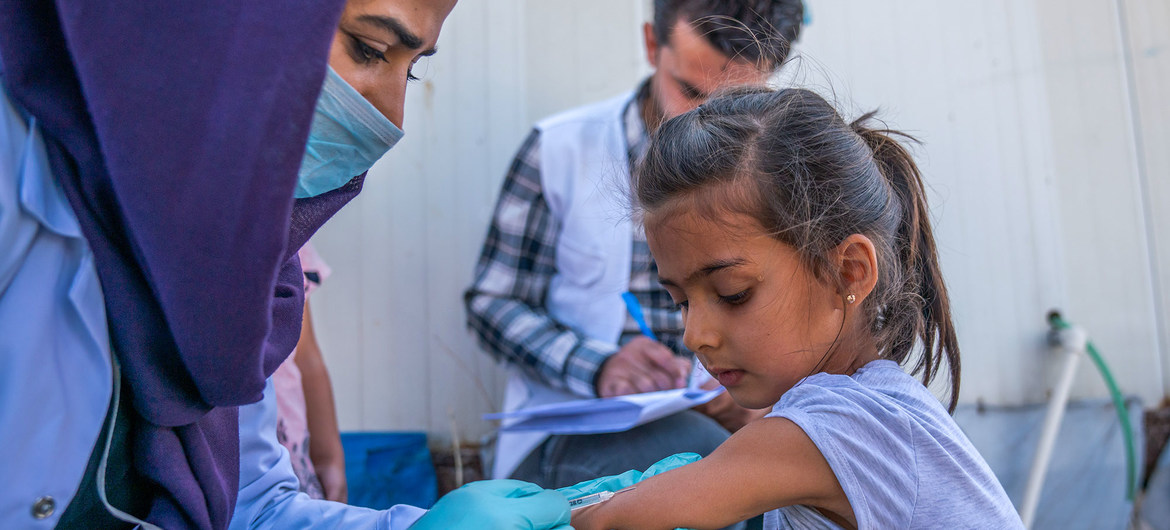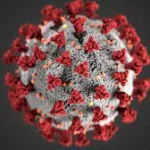In a breakthrough study, researchers at Columbia University and the University of California, San Diego (UCSD) have identified the origins of the destructive cells responsible for pulmonary fibrosis, a condition that has long baffled scientists. The team’s findings, published in Nature, not only reveal the source of the damaging cells but also suggest a novel approach to halting the progression of this debilitating disease by preventing the cells’ formation altogether.
Pulmonary fibrosis is a progressive lung disease where the tissue becomes scarred, leading to severe breathing difficulties and eventual respiratory failure. The condition can arise after a lung injury, such as that caused by COVID-19, but often develops without any clear cause. Despite recent advancements, current treatments only slow the disease’s progression; they do not stop the damage.
For years, researchers have been trying to identify the specific cells that contribute to the lung damage in pulmonary fibrosis. In their latest study, the team led by Jianwen Que, professor of medicine at Columbia University Vagelos College of Physicians and Surgeons, discovered that these pathological cells originate from normal fibroblasts in the lung’s air sacs, which have leptin receptors. By using advanced cell lineage tracking methods and RNA sequencing, they were able to trace the origin of these cells with precision.
“This discovery is a huge step forward in understanding the origins of the pathological cells that damage the lungs in pulmonary fibrosis,” Que said. “Not knowing the sources of these cells has really hampered the development of therapies, so this finding could be key to more effective treatments in the future.”
The key to the transition from healthy to pathological cells lies in a transcription factor known as Runx2. When the researchers disabled the Runx2 gene in mice, they were able to prevent the conversion of normal fibroblasts into the damaging cells, effectively reducing lung fibrosis by about 50%. Further analysis showed that Runx2 also plays a critical role in human fibroblasts from patients with pulmonary fibrosis.
These findings point to Runx2 as a promising therapeutic target, potentially leading to new treatments that could halt the progression of pulmonary fibrosis before it causes irreversible damage.
The implications of this study could be far-reaching, offering a foundation for future research aimed at preventing the aggressive scarring process that defines the disease. However, as Que points out, it will take time before these discoveries can be translated into clinical treatments.
“The journey from discovery to treatment is long,” Que acknowledged. “But this breakthrough gives us hope for more effective therapies in the future.”
For more information on the study, visit Nature. The research is titled “RUNX2 promotes fibrosis via an alveolar-to-pathological fibroblast transition,” authored by Yinshan Fang et al.
Disclaimer: This article is based on findings published in Nature and may not represent the final clinical applications of the research. Further studies and clinical trials are needed to confirm the safety and efficacy of potential treatments.











